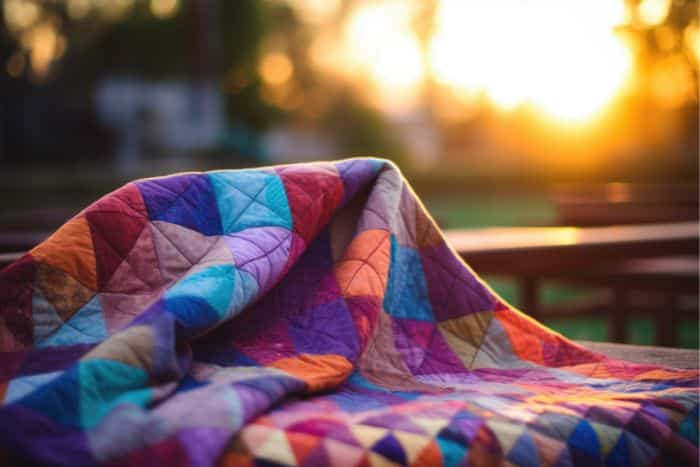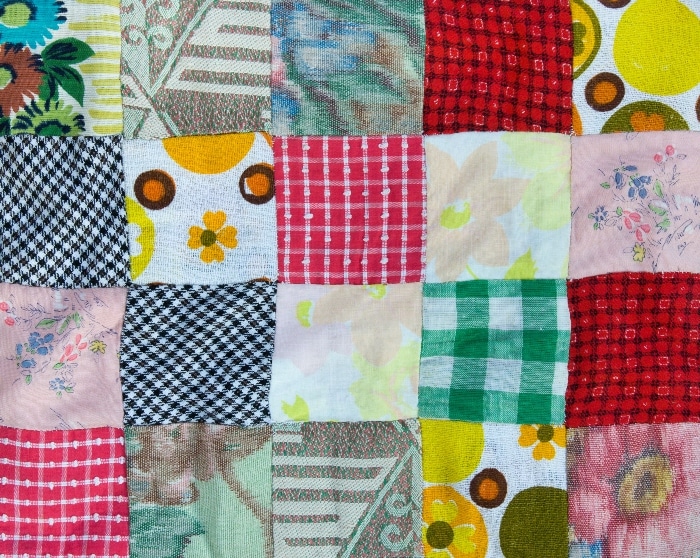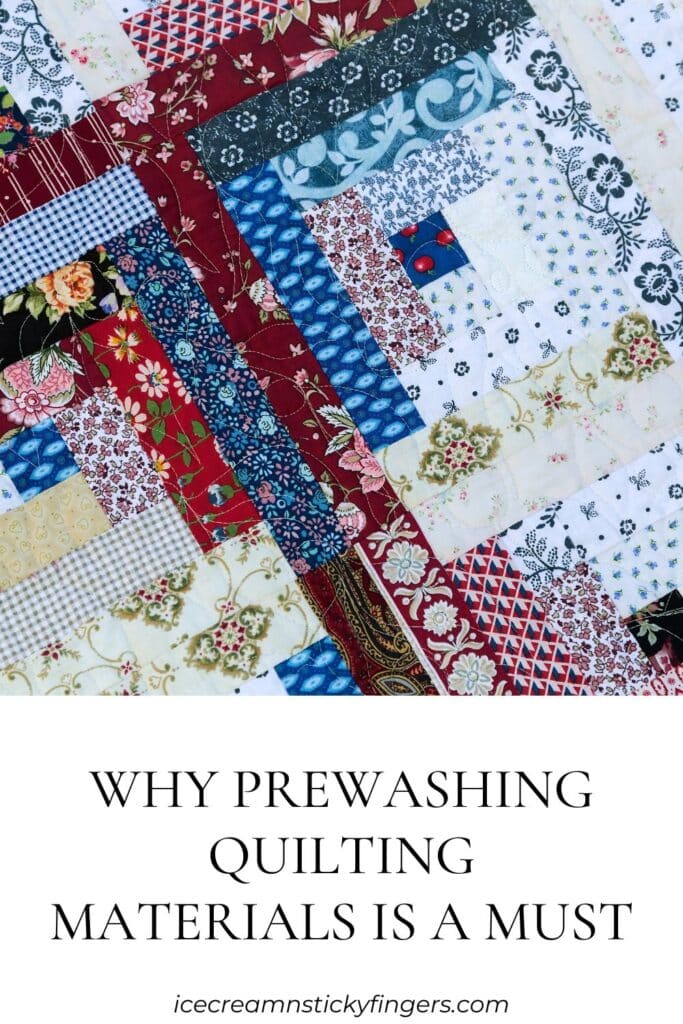For beginner or dedicated quilters, there’s a particular romance in the moment you lay eyes on a new fabric, envisioning the beauty it will add to your next project. However, what begins as a love affair with textiles can sometimes lead to heartbreak in the form of color bleeding or fabric shrinkage if you skip a seemingly mundane yet critical step—prewashing your quilting materials. In this guide, we’re unwrapping the many reasons why prewashing quilting materials is a must for perfect patchwork.

The Undeniable Benefits of Prewashing
When you stride down your local fabric store aisles and pick up a vibrant piece of cotton, it’s easy to overlook potential pitfalls. The truth is many fabrics hide secrets that, when discovered too late, can mar your quilting vision. Prewashing is your preemptive strike against color-bleeding disasters and misshapen blocks due to unexpected shrinkage. By taking this step, you protect your quilt’s integrity and create a smoother quilting process, where fabric behaves predictably on the sewing machine and ironing board.
How To Prewash Like a Pro
Prewashing is not a one-size-fits-all process. Your meticulous process will depend on the fabric type—whether you’re dealing with a luxurious silk blend or the most reliable cotton. A gentle cycle with cool water and a mild detergent is generally a good start, followed by a low-heat tumble dry or air drying. However, finer fabrics might prefer the delicacy of handwashing. Ironing your fabric when it’s still slightly damp will also assist in preserving its natural texture and can make cutting and piecing your quilt more precise.
Debunking the Myth: Prewashing Doesn’t Ruin the Surprise
An often-cited reason for avoiding prewashing is the idea that fabrics lose their fresh-from-the-store luster and can become more difficult to handle after washing. However, this fear is largely anecdotal. With proper prewashing methods, you won’t strip your fabric of its appeal or make it harder to work with—you’ll simply be sowing the seeds for a stunning quilt that stands the test of time.

Why It’s Time To Start Prewashing
Prewashing is a humble yet fundamental stitch that ensures your quilt tale doesn’t unravel. By understanding the reasons behind prewashing and adopting the simple yet crucial practice, you arm yourself with the knowledge to avoid common mistakes in your quilting projects. It’s the small, consistent efforts that accumulate into a creation worthy of treasuring—and with prewashing, your quilts will not only be lovely but also durable.
Your quilt’s unique character should derive from your artistry and creativity, not from unpredictable fabric behavior. Prewashing is a quilter’s assurance that the colors won’t run away from you and the fabric won’t leave you high and dry. Understanding why prewashing quilting materials is a must can ensure your projects come together just as you envision.


My grandmother would definitely agree with you there! She has made so many quilts for us throughout the years and I still have some of them.
I don’t know much about quilting but from what I just read now but I have always heard some people say prewashing would ruin the quilt. Good to know that is a myth and that you won’t stripe your fabrics appeal
Great advice! Prewashing definitely saves time and frustration. Plus, it ensures your quilt stays beautiful and durable.
while i am not a quilter, we definitely prewash most of the clothes we get for use.. and it helps in so many ways. great tips for prewashing
I have often thought about making my own patchwork quilt. But never thought about pre-washing the material first, so I am glad that I came across this article.
I love homemade quilts for sure and my aunt made me one when I was a kid and I still ahve it to this day. Great tips here for quilting and appreciate you hsaring!